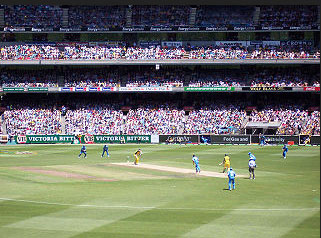
Organized sports exist in virtually every culture in the world. However, each country has a few of its own preferred sports. Some sports bring cultures together, while others contribute to the clear identity of a specific culture. Every four years, countries from all over the world send their best athletes to compete at the Olympic games. Click on the link below to watch moments from the 2012 Olympic games in London.
Read more information below about global sports.

Cricket is a popular sport that originated and is still played in England. As the British Empire expanded globally, the sport was introduced into the British territories and colonies. It is also popular in Australia, India, and Southern Africa.
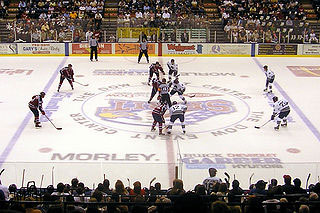
In colder climates, ice hockey prevails as the preferred sport. This sport is found to be most popular in Northern Europe, Russia, and Canada.
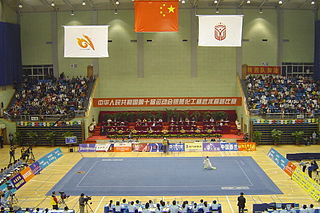
The most popular sport in China is known as Wushu. It is a collective contact and exhibition-sporting event that includes archery, fencing, wrestling, and boxing. In 1958, the Chinese government created a Wushu association that regulates martial arts training. In recent years there has been a move to decentralize this and other sports in China.

Initially, baseball was confined to North America. It became an international sport when American soldiers, who occupied Japan after World War II, introduced the sport to them. Since then, baseball has become wildly popular in Japan. International leagues were formed and the sport began to spread throughout the world.
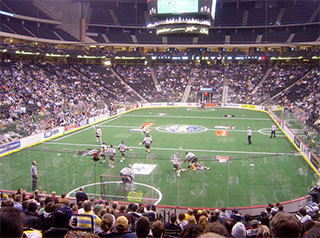
Lacrosse is primarily a Canadian sport but is also played in a few northeastern cities in the United States. The sport originated in a Canadian Indian and American Indian nation, the Iroquois Confederation. In the mid-1600s, European explorers in North America first observed the Iroquois playing the sport. Once the European countries began to colonize North America, colonists picked up the game.
![]() Read the following statements and determine whether they describe cultural convergence or cultural divergence. Place each statement in the correct column.
Read the following statements and determine whether they describe cultural convergence or cultural divergence. Place each statement in the correct column.

Soccer is the world’s most popular sport. Outside of North America, this beloved sport is called football. Originally a Danish sport, it was adapted by other European countries. The first documented competition took place in England.
By the 1800s, soccer had become an organized, professional sport. Soon people began paying to be spectators of the sport.
By 1863, British professional teams were formed, complete with rules and regulations. By the late 1870s, the professionally organized game began to spread to other cultures by way of English players who traveled to new places and introduced the sport to those they encountered.
Additionally, the expansion of the British Empire facilitated the further spread of the game, making soccer a global sport.
Presently, a form of soccer is played on every continent. The global governing body of the sport is the Federacion Internationale de Football Association, also known as FIFA. Every four years, the men’s national teams compete for the FIFA’s World Cup championship.
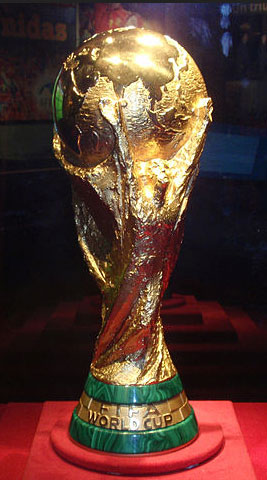
The World Cup is the largest sporting competition in the world, where 208 teams of FIFA compete. The World Cup is also the world's most widely viewed sporting event; an estimated 715.1 million people watched the final match of the 2006 FIFA World Cup held in Germany. The 2010 event in South Africa was broadcasted to 204 countries on 245 different channels. Inside the stadiums, a total of 3,170,856 spectators attended the 64 matches, an average of 49,670 per match.
The next three World Cups will be hosted by Brazil in 2014, Russia in 2018, and Qatar in 2022.
Recognizing that soccer is an important global sport, FIFA also deals with global issues that affect the players, spectators, and fans worldwide. Watch the video below and answer the questions that follow in your notes.
![]() The ‘Three Pillars’ of FIFA’s Mission
The ‘Three Pillars’ of FIFA’s Mission
Interactive popup. Assistance may be required.

Interactive popup. Assistance may be required.

Interactive popup. Assistance may be required.
Answers may vary.
Sources of images and videos used in this section as they appear, top to bottom: